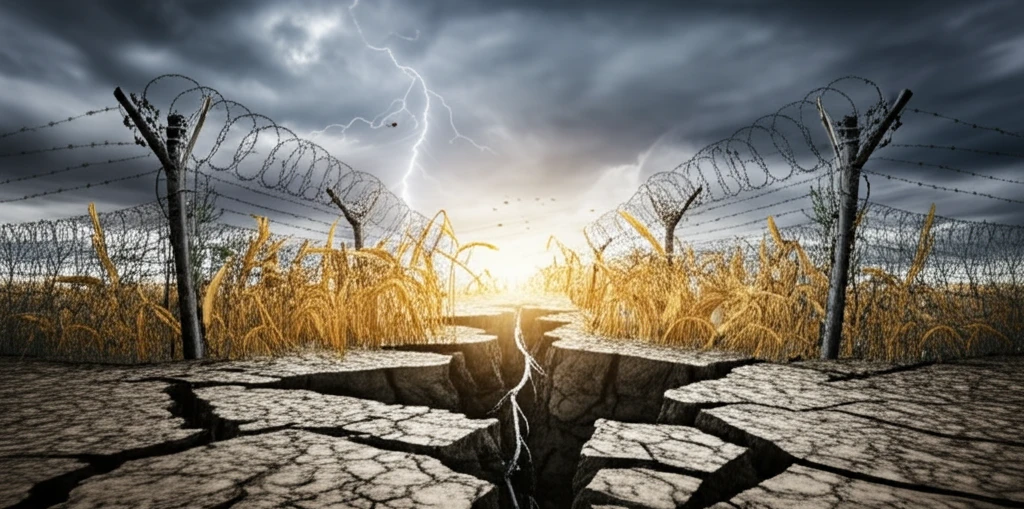
Food Fight: How the Russia-Ukraine Conflict Impacts Global Agriculture and What We Can Do About It
"Explore the ripple effects of the war in Ukraine on worldwide food security, examining risk factors and potential solutions for a more stable future."
The ongoing conflict between Russia and Ukraine, two of the world's major agricultural powerhouses, has cast a long shadow over the global food system. Beyond the immediate devastation and human suffering, the war has triggered a cascade of challenges, threatening food security for millions worldwide. We're seeing disruptions in supply chains, soaring prices, and increased market volatility, all combining to create a perfect storm in the agricultural sector.
For many people, food security is not just a concern, it's a daily struggle. In 2022, approximately 258 million individuals across 58 countries faced acute food insecurity. This is a marked increase from the 193 million in 2021, a record high that underscores the escalating crisis. Geopolitical conflicts, extreme weather events, and economic shocks are increasingly interwoven, exacerbating the vulnerabilities within our global food systems.
This situation demands a closer look at how geopolitical events affect something as fundamental as the food on our tables. In this article, we’ll break down the key findings of new research, explore the immediate impacts of the Russia-Ukraine conflict, and discuss possible paths toward stabilizing global food markets.
How the Russia-Ukraine Conflict Upended Global Food Markets

Russia and Ukraine play critical roles in the global production and export of essential food, energy, and chemical resources. Together, they contribute significantly to grain production; in the 2021/22 season, their combined wheat harvest reached 108.17 million tons, accounting for 13.89% of global output. They are also key players in the maize and barley markets, further solidifying their importance in worldwide food supply.
- Supply Chain Disruptions: The war has intensified existing strains on the global food supply chain, making it harder to get food from farms to consumers efficiently.
- Energy and Fertilizer Markets: Adverse effects on energy and fertilizer markets are being transmitted to the food market, leading to more acute food insecurity. Rising energy costs increase the price of production, while fertilizer shortages reduce crop yields.
- Trade Protectionism: Since the conflict began, many countries have imposed export restrictions, resulting in increased tension between food supply and demand and fueling concerns about potential food shortages.
What Actions Can Be Taken?
Addressing the global food crisis requires a multifaceted approach involving international cooperation, policy adjustments, and market stabilization. It's crucial for relevant international organizations, such as the WTO, FAO, and WFP, to collaborate in maintaining the smooth operation of the international food market, advocating for trade liberalization, and ensuring the unhindered flow of food resources. Countries worldwide should enhance food governance, avoid trade protectionism, and work towards practical solutions to mitigate food price volatility. Ultimately, securing global food security demands a concerted effort to build a fair, open, and efficient global food supply system, ensuring access to affordable and nutritious food for everyone.
